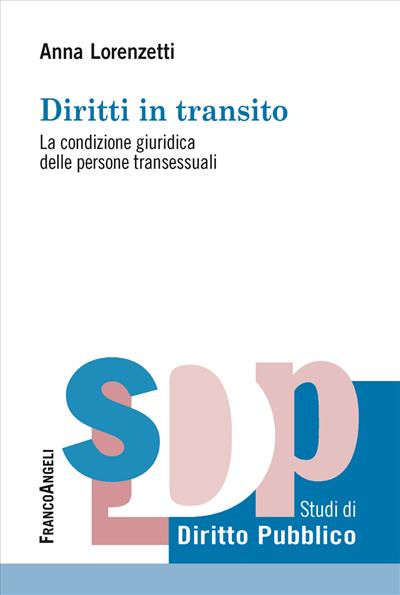
Italy Today 2007.
Social picture and trends
In this 41st edition, the annual Report on Italy’s social situation by CENSIS Foundation once again describes and interprets the positive aspects of Italy’s socioeconomic trends in recent years. The rhetoric of economic decline has been abandoned, the inclination to accumulating financial assets has increased, and the sparks of economic vitality have generated a small, quiet economic boom in 2007.
Pagine: 272
ISBN: 9788856802610
Edizione: 1a edizione 2008
Codice editore: 2000.2002
Disponibilità: Discreta
Pagine: 272
ISBN: 9788846494580
Edizione:1a edizione 2008
Codice editore: 2000.2002
Possibilità di stampa: No
Possibilità di copia: No
Possibilità di annotazione: No
Formato: PDF con DRM Readium LCP




